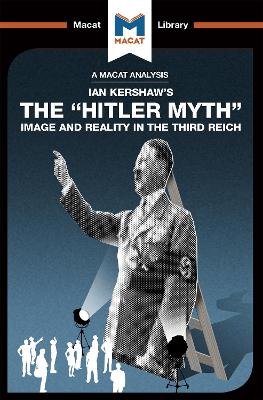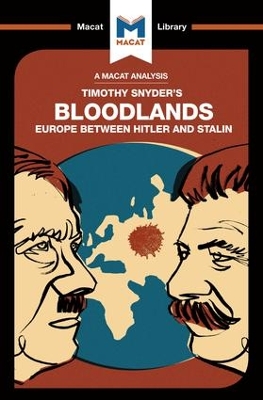The Macat Library
4 total works
Few historical problems are more baffling in retrospect than the conundrum of how Hitler was able to rise to power in Germany and then command the German people - many of whom had only marginal interest in or affiliation to Nazism - and the Nazi state. It took Ian Kershaw - author of the standard two-volume biography of Hitler - to provide a truly convincing solution to this problem. Kershaw's model blends theory - notably Max Weber's concept of 'charismatic leadership' - with new archival research into the development of the Hitler 'cult' from its origins in the 1920s to its collapse in the face of the harsh realities of the latter stages of World War II. Kershaw's model also looks at dictatorship from an unusual angle: not from the top down, but from the bottom up, seeking to understand what ordinary Germans thought about their leader.
Kershaw's broad approach is a problem-solving one. Most obviously, he actively interrogates his evidence, asking highly productive questions that lead him to fresh understandings and help generate solutions that are credibly rooted in the archives. Kershaw's theories also have application elsewhere; the model set out in The 'Hitler Myth' has been used to analyse other charismatic leaders, including several from ideologically-opposed backgrounds.
A flagbearer for the increasingly fashionable genre of "transnational history," Timothy Snyder's Bloodlands is, first and foremost, a stunning example of the critical thinking skill of evaluation. Snyder's linguistic precocity allows him to cite evidence in 10 languages, putting fresh twists on the familiar story of World War II fighting on the Eastern Front from 1941-45. In doing so, he works to humanize the estimated 14 million people who lost their lives as their lands were fought over repeatedly by the Nazis and their Soviet opponents.
Snyder also works to link more closely the atrocities committed by Hitler and Stalin, which he insists are far too often viewed in isolation. He focuses heavily on the adequacy and relevance of his evidence, but he also uses the materials he has culled from so many different archives as fuel for an exemplary work of reasoning, forcing readers to confront the grim realities that lie behind terms such as 'cannibalism' and 'liquidation.' In consequence, Bloodlands has emerged, only a few years after its publication, as one of the seminal works of its era, one that is key to Holocaust studies, genocide studies and area studies, and to sociology as well as to history. A masterly work of literature as well as of history, Bloodlands will continue to be read for decades.


